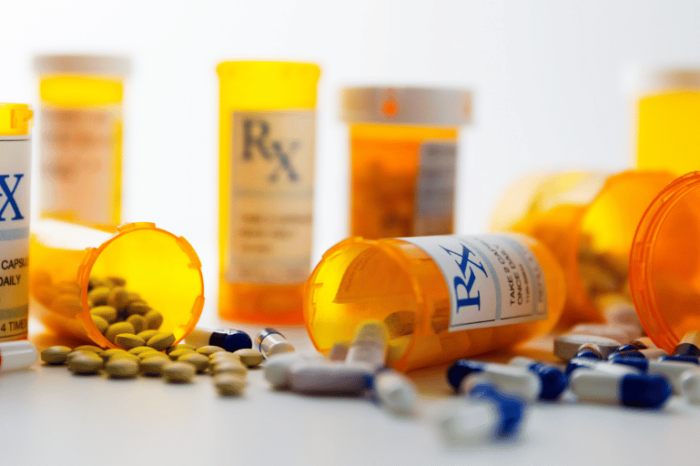Study: High List Prices and Deep Discounts for Prescription Drugs Hurt Poor and Sick Patients
Media reports mislead patients about true causes of the rise in out-of-pocket drug costs for some
BOSTON – Each year, when drugmakers publish their list prices, media reports appear suggesting the costs to consumers are continuing to rise. In reality, few patients actually pay list prices. A new Pioneer Institute study illustrates how misleading those media reports are, and how the current system of high list prices and steep discounts hurts the uninsured and those with high-deductible policies who do pay the list price.
“Sick patients with challenging diseases are charged huge out-of-pocket sums to keep other premiums low,” said William Smith, author of “Drug Pricing 101.” “The current system imposes financial penalties on the sick to protect the healthy and wealthy.”
Dr. Adam Fein, who publishes the blog Drug Channels and runs the Drug Channels Institute, estimated that the “gross-to-net bubble”—the difference between list prices and the net drug prices consumers actually paid—was $204 billion in 2021. For example, list prices rose 4.9 percent in 2022, but net prices fell 0.8 percent. Net drug prices have fallen for five consecutive years.
Among the reasons for the drop in average drug prices are patent expirations for many drugs that were developed in the 1980s and ’90s. Although average prices have fallen, annual spending on prescriptions has risen in the low single digits in recent years as drugs have come to play a bigger role in treating patients and drug use has increased.
When Fein looked at 10 large pharmaceutical companies and calculated their discounts off list price, he found the average reduction was 52.2 percent.
Unlike most discounts, prescription drug price cuts are paid retroactively and amount to discounts in return for a promise of market share. For example, a drugmaker may promise a 40 percent rebate on a drug if a health plan steers half its patients who need that type of drug to the company’s product. Health plans accomplish this by placing access restrictions on drugs with less generous rebates while making preferred drugs easily accessible.
To retain market share, many drugmakers set higher list prices so they can offer ever steeper discounts. This places a financial burden on those who pay cash for their prescriptions, including the uninsured and those with high-deductible health insurance policies.
In 2022, the average deductible obligation for an insured patient was $1,763, according to the Kaiser Family Foundation. But more than half of those with employer-sponsored insurance now have high-deductible policies. According to IRS rules, high-deductible health plans can require out-of-pocket payments by patients of $7,050 for individuals and $14,100 for families before insurance kicks in. Until then, patients must pay the inflated list price.
“The big problem with the current system is an insurance benefit design that increases out-of-pocket costs to drive up the profits of health plans and pharmacy benefit managers,” Smith said.



